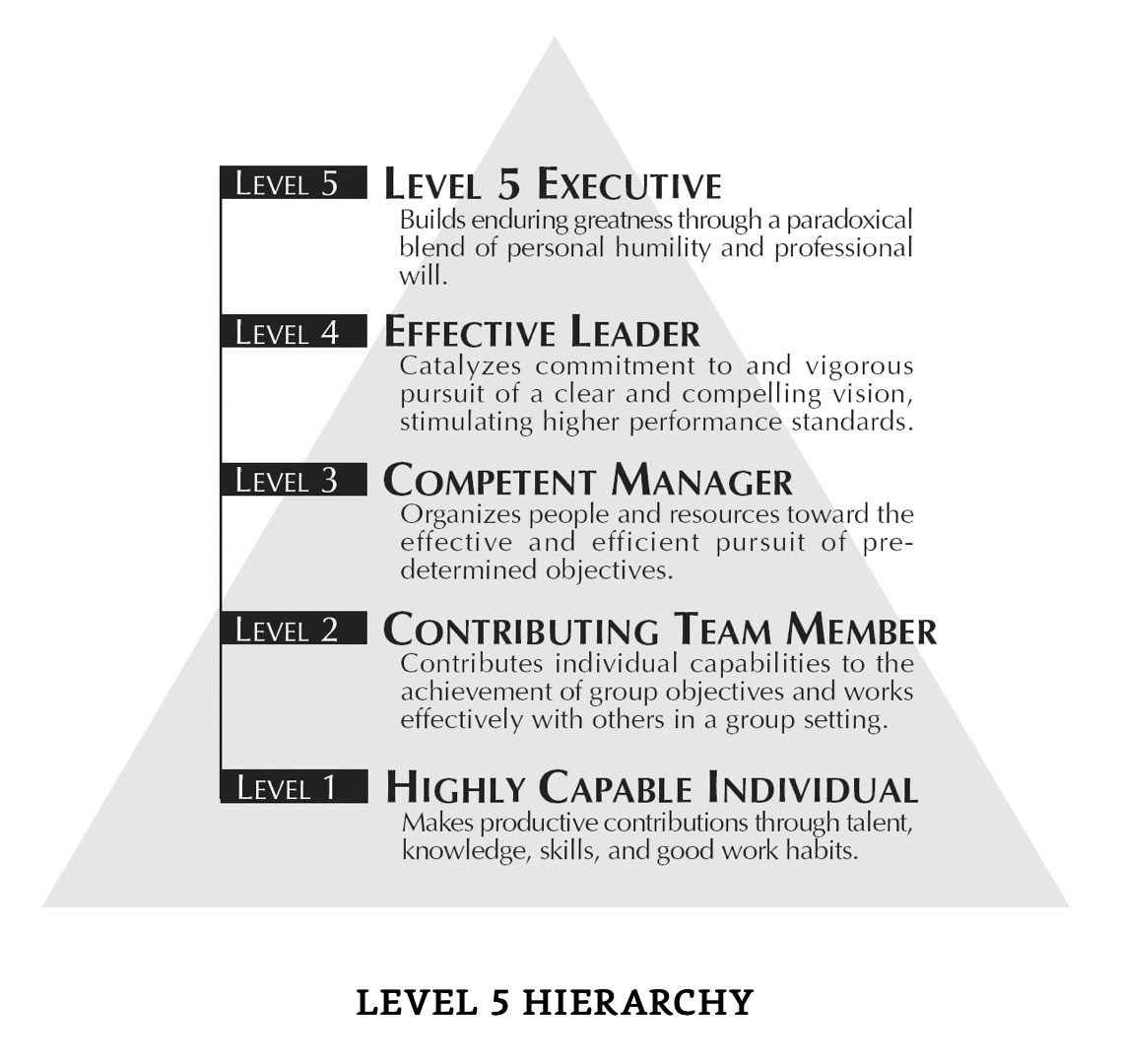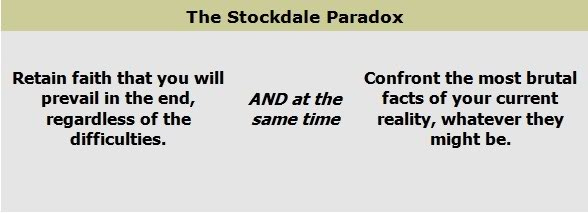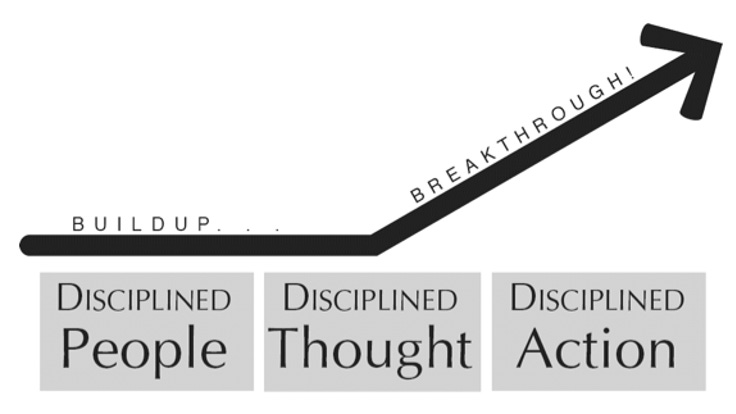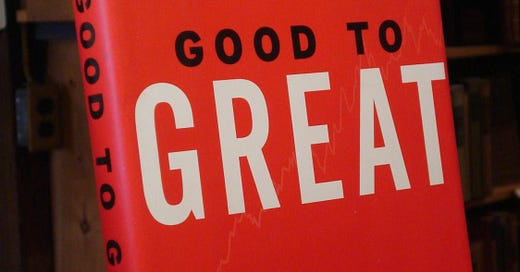
Today I have completed a book called “Good to Great”. It feels good to complete a book after a long time.
I should be thanking social distancing and quarantine for giving me the time, which would have been wasted in commuting or unnecessary social interactions.
I should thank my colleague James for gifting me this book and motivating me to read.
Completing a book is a challenging task for me, as most of the times I lose the passion for the book halfway.
My current book completion rate is about 50% (My Book List), so I am planning to increase it.
Recently I have heard a YouTube Vlogger suggest, changing our perspective towards books, treat them as blog posts so that we don’t feel bad when we leave them mid-way by avoiding the limbo of regret of abandoning the book and starting a new one. I don’t think I can sleep well remembering that a book is started and left halfway.
As we move on to the summary and my thoughts about this book.
Who should read this book?
Answer: Anyone who is a business enthusiast and would love to learn how great organizations function and evolve.
My Thoughts and brief summary of the book:
· This book talks about how great organizations differ from mediocre organizations and what principles help an organization transition from good to great.
· The author chose around 11 companies that are considered great based on their stock performance when compared to the competitors having the same advantages and belonging to the same industries.
· The interesting thing about this book, with every principle the author shares anecdotal references or business cases that helped the company to be great. Those business cases are really interesting and help us understand how many day-to-day decisions, people, and culture define the sustained success of a company.
This image clearly shows what the book comprises of:

So I am not going into the details of the book for you.
But I would love to share some important principles or highlights that might inspire you to read this book:
· Level 5 Leadership
The following self-explanatory image will tell you what makes a level 5 leader so that you identify a level 5 leader when you see one or help yourself be one.
Good-to-Great organizations evolve under Level-5 leaders.

· First Who…Then What
In this principle, the author Jim Collins says whenever you are trying to form a high performing team or building a great organization. Before you begin to think about what should you do to make your organization move from being good to great, it is important to understand the ‘who’, whom do you want to take on the ride.
It's important to on-board the right people (to know what attributes comprise the right people, you got to read the book) and equally important to off-board the wrong people.
· Confront the Brutal Facts
All the great companies started the path to greatness by confronting the brutal facts or sour truths with open arms. Great companies create an environment of honesty or an ecosystem where people are heard.
And the author shares an interesting concept called “The Stockdale Paradox” in this chapter.

· Hedgehog Concept (My Favorite)
To move from good to great requires an individual or in the case of the book, an organization should identify their hedgehog concept.

· Culture of Discipline
“A culture of action is not just about action. It is about getting disciplined people who engage in disciplined thought and who then take disciplined action.” - Quoted from the book

· Technology Accelerators
Good-to-Great organizations believe that technology is the accelerator in the process of Good-to-Great but not the creator of it.
· Flywheel and the Doom loop
Good-to-Great companies often don’t realize that they are undergoing the process of transformation, as the events and practices inside the organization are organic and intuitive whereas for the outsiders it looks dramatic.
Hence most G-G companies often come into the limelight overnight and but we need to understand what those organizations were building up over the years to let the flywheel spinning (the momentum needed to evolve from good to great).
These organizations avoid the doom loop by being consistent in their actions and sticking to the above-mentioned principles.
· From Good to Great-to-Build to last
These companies remain great by sticking to their core values and purpose. And keep pursuing Big Hairy Audacious Goals (BHAGs).
Finally
The principles and concepts shared in this book can be applied to our personal development as well.
By extrapolating these concepts to our personal and professional value systems even we can begin our own personal journey from being Good to Great.
- Sujan
Sujan Chand Babu, Palagiri (www.sujanchand.com)




Excellent Summary! Loved it. Will use this as a framework for myself. :)